Science Visualized
-
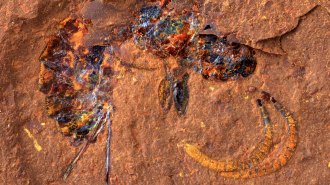 Paleontology
PaleontologySee stunning fossils of insects, fish and plants from an ancient Australian forest
Thousands of fossils at an Australian site show a rare glimpse into the continent’s wetter history over 11 million years ago.
-
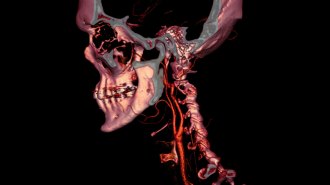 Health & Medicine
Health & MedicineFor 50 years, CT scans have saved lives, revealed beauty and more
In 1971, the first CT scan of a patient laid bare the human brain. That was just the beginning of a whole new way to view human anatomy.
-
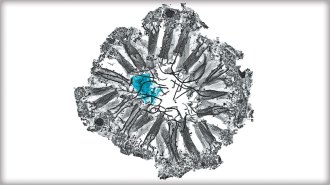 Neuroscience
NeuroscienceBrainless sponges contain early echoes of a nervous system
Simple sponges contain cells that appear to send signals to digestive chambers, a communication system that offer hints about how brains evolved.
-
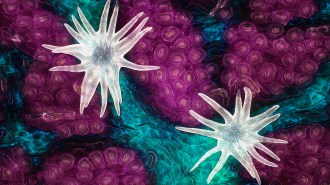 Life
LifeA beautiful oak leaf portrait won the 2021 Nikon Small World photography contest
The annual competition showcases otherworldly photos that capture microscopic features of nature and science.
-
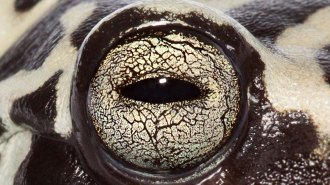 Animals
AnimalsFrog and toad pupils mainly come in seven different shapes
Analyzing over 3,200 species revealed that the colorful eyes of frogs and toads have pupils shaped as slits, diamonds, fans and more.
-
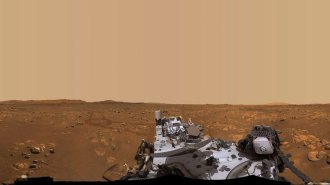 Planetary Science
Planetary ScienceSee some of the most intriguing photos from NASA’s Perseverance rover so far
Six months ago, Perseverance landed on the Red Planet. Here’s what the rover has been observing.
-
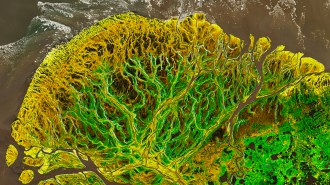 Climate
ClimateA stunning visualization of Alaska’s Yukon Delta shows a land in transition
Water and ice helped form the Yukon River’s delta. Now, climate change is reshaping it.
-
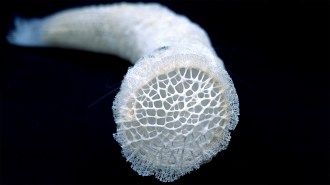 Animals
AnimalsHow intricate Venus’s-flower-baskets manipulate the flow of seawater
Simulations show that a deep-sea glass sponge’s intricate skeleton creates particle-trapping vortices and reduces the stress of rushing water.
By Nikk Ogasa -
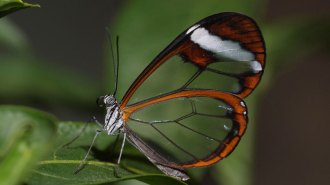 Animals
AnimalsNew images clarify how glasswing butterflies make their wings transparent
Close-up views of glasswing butterflies reveal the secrets behind the insect’s see-through wings: sparse, spindly scales and a waxy coating.
-
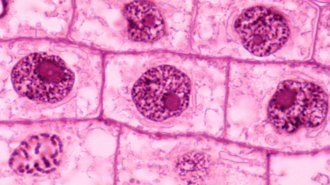 Life
LifeCells cram DNA into the nucleus in two distinct ways
Heat maps of cell nuclei show that some cells pack chromosomes that look like crumpled balls of paper, while others are neatly stacked.
-
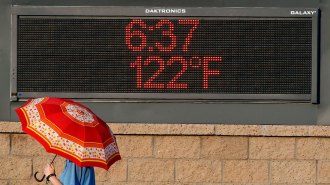 Climate
ClimateThe last 30 years were the hottest on record for the United States
Typical temps across large swaths of the country are now 1 to 2 degrees Fahrenheit higher than their 20th-century averages.
-
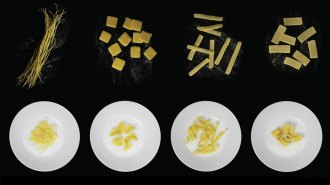 Materials Science
Materials ScienceMorphing noodles start flat but bend into curly pasta shapes as they’re cooked
Shape-shifting pasta could potentially cut down on packaging and save space during shipping.